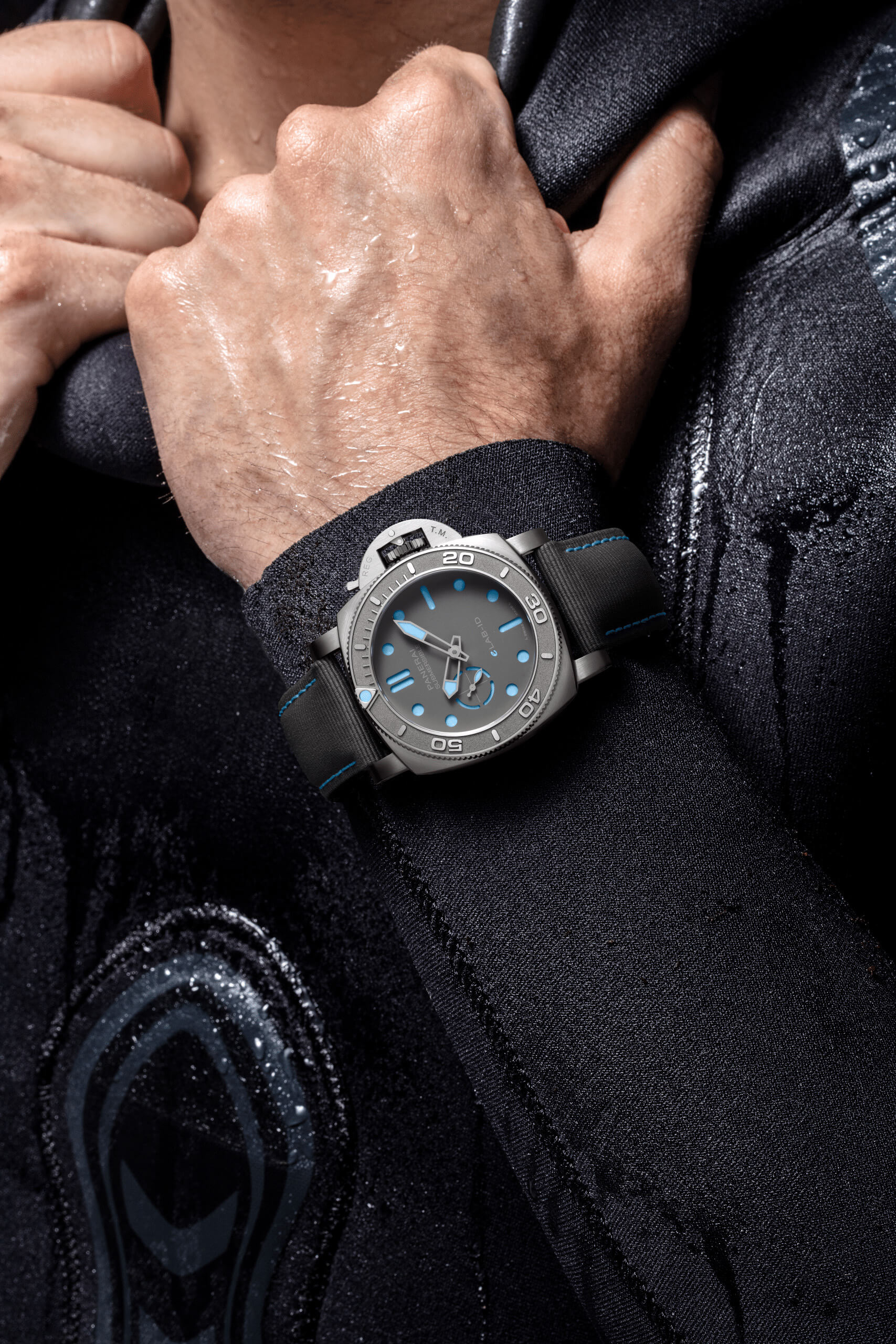Is luxury dead?
How can the luxury sector manage the trade-off between the growth of global affluence and the need to conserve resources? Here, three experts give us some answers

Earlier this year, I noted the beginnings of a shift in the priorities of luxury home buyers. Until around two years ago, environmental credentials were an afterthought at best, with location, specification and facilities dominating their wish lists.
I wouldn’t want to overstate the change, but there appears to be a discernible rise in the number of buyers looking to ensure their property has a significantly reduced impact on the environment, with energy efficiency, embodied carbon and the sustainability of materials being novel but notable themes.
I explored this issue in The Wealth Report, published in March this year, asking whether this evolution, welcome as it might be, is too little too late, set against the brutal reality of the Paris Agreement climate goals which point to a need for 93 percent cuts to carbon footprints before 2050.
There follows a second question – what happens to the concept of luxury faced by this level of disruption? The implications extend well beyond property to every industry that commands a slice of premium spending. Solutions range from the fashion industry’s ‘rent don’t buy’ concepts, to craft furniture makers up-cycling salvaged materials. But, does the level of change required actually undermine the concept of luxury itself?
In the property world, developers try to avoid the word like the plague, preferring to focus on longevity and placemaking than the suggestion of overconsumption. Nevertheless, does greater transparency in production and provenance pose a risk to luxury’s mystique? And how can the luxury sector manage the trade-off between the growth of global affluence and the need to conserve resources? Here, three experts give us some answers.
Wine growers, acutely aware of the need to address the climate crisis, tread a fine line between tradition and innovation

By Nicola Arcedeckne-Butler, Master of Wine and Buyer for Private Cellar Limited
It’s a fine line between innovation and tradition in winemaking, and growers worldwide – acutely aware of the need to address the climate crisis and its impact on their vines – are the ones who tread it.
Unlike almost any other luxury item, wine is an agricultural product whose once-a-year outcome is dictated by unpredictable growing seasons and weather. Add to the equation that vines can last 50 years – highly prized ones may live for 80 to 100 – and change is about evolution, not revolution.
For years, progress towards organic viticulture has been increasing. Part of this is cachet, of course, but mostly from a real concern for their environment. Back in the 1990s, Claude Bourguignon, the exceptional French agronomist, demonstrated that intensive farming had re-petrified the subsoil in the Languedoc in a matter of decades, soil which had taken millennia to be created.
Many top properties now avoid using tractors, instead employing horses to protect the soil, while others are trialling small electric vehicles to reduce emissions; they plant green manures encouraging competition between the roots, increasing the nutrients in the soil and maintaining humidity to confront summer heat. The increase in insect life has been extraordinary.
Swathes of vineyards tumbling downhill and into the valleys beyond may be a great sight, but the monoculture they represent is unnatural; ‘agroforestry’ is the buzzword – interspersed hedges and fruit trees provide windbreaks, frost protection and habitats for insects, birds and small mammals. Château Cheval Blanc in Saint-Émilion has planted hundreds of trees, for example, though the benefits are years away.
It’s the growers driving change, bringing their investors along with them. Currently, there’s a conflict between consumer expectation and sustainability – while wineries can use lighter bottles to reduce their carbon footprint, there’s no likelihood of premium wines moving away from luxury signposts like heavy bottles and wooden cases, while few buyers would accept their £1,000 wine in a paper bottle.
Nevertheless, these wines are destined to age for years. As the interaction between wine and container is better understood, it is not impossible to imagine some funky new packaging for your Château Lafite 2055.
Many classic cars are garaged as part of collections, which means they’ll never drive again. Pretty sustainable, on these terms

By Paul Horrell, motoring journalist
If your definition of luxury is that which is unnecessary, then sure enough, the more a car costs, the less it is likely to be driven. So let’s start by looking at the high end of the daily-transport market, and from there, ascend further into the realms of glorious superfluity.
Buyers of cars for transport – the grand saloons and most expensive SUVs – now want sustainability, and despite the complexity of their supply chains, car makers are surprisingly transparent in ESG. Rolls-Royce and Bentley will be building electric cars within the next couple of years, Lamborghini and Porsche will switch their SUVs, while BMW’s electric iX is already into six-figure pricing. Carbon-neutral manufacturing, traceability and vegan interior fabrics are all de rigueur. It’s actually possible to make a car almost entirely from recycled materials – steel and aluminium are amenable to this and plastics increasingly so. Even batteries are entering the circular economy; they contain minerals far too valuable to scrap.
Continuing with our opening definition, by extension the most luxurious cars are the ones hardly used for transport: the collectables. This market encompasses both classic and new cars. Pinnacle race-car designers Gordon Murray and Adrian Newey have both recently launched hyper sports cars, limited-edition 200mph machines ostensibly for road use, such as Murray’s T.50 and T.33 and Newey’s Valkyrie for Aston Martin. They are both also building track-only versions, respectively the T50s Niki Lauda in a limited run of 25 (at £3.1m each) and Red Bull RB17, a 50-car limited edition (£5m).
Mostly they’re unseen, garaged as part of collections. This means they’ll never wear out, so their manufacturing resource is amortised across decades. A 1955 Mercedes was recently auctioned to a secret buyer for £115m. It will probably never drive again. Pretty sustainable, on these terms.
But luxury is about experience as much as possession. When it comes to taking to the road, a designer who once styled such a car recently pondered to me: “I wonder when driving one will become as socially acceptable as wearing a fur coat?”
A few classics are being converted to electric. But only the ‘everyday’ ones, not the true greats. Partly because their petrol engines are intrinsic to their appeal, but mostly because completeness and originality are everything. If, decades from now, petrol is unavailable or outlawed, they can run on fuel that’s synthesised via renewable electricity from water and carbon dioxide. Perhaps with big stickers on the side to advertise that they’re newly carbon neutral.
Customers could refuse to buy luxury watches until they see meaningful plans for net zero from brands. This hasn’t happened yet

By Chris Hall, watch journalist and senior watch editor at Mr Porter
The luxury watch world is not, as a rule, an early adopter. Its production cycles are long and the end product enjoys a degree of insulation from the pressures felt by faster-moving goods or indispensable sectors. There are exceptions but, by and large, the response has been long on public relations and short on sweeping change.
There’s barely a marine habitat or photogenic species not now in possession of a watch brand sponsor, but concepts like supply chain transparency are as alien to the majority-Swiss industry as they always have been. Every green initiative is welcome – but four years on, I still don’t need all my fingers to count the watch brands making serious and lasting change to their own practices.
Certain shifts – shrinking packaging and recycled (and recyclable) materials – merely nibble at the edges of the problem. Some brands use ethically-sourced ‘fairmined’ gold, but the nature of its production means volumes are tiny in an industry that already faces record levels of demand.
Several watchmakers have produced radical designs, dropping steel or titanium in favour of reclaimed plastics, and leaving leather behind in favour of sustainable fabrics. But the scale is out of proportion to the visibility. More than seven million mechanical watches leave Switzerland every year (to say nothing of Germany, Japan and a growing contribution from other nations). I’d be very surprised if even seven thousand are packing these kinds of eco-credentials. Watch brands tell us earnestly their customers demand a strong stance on sustainability, but the evidence is they’re doing as they’ve done for decades: buying what’s cool, hyped, beautiful and rare – not what’s green.
What could change? Customers could refuse to buy luxury watches until they see a meaningful plan for net zero from every brand. This hasn’t happened yet. Brands could lead by example, overhauling enormous global supply chains, holding suppliers to account, tearing up established practices and – maybe the biggest hurdle of all – working together to establish a credible industry standard. All at significant cost to themselves, of course.
Or, if market forces or altruism won’t work, there must be enforcement. But, the watch industry lacks institutional bodies with real power – that rests mainly with the luxury conglomerates and independent titans like Rolex or Patek Philippe. The political will to tackle the status quo, not to mention the means by which to enforce it, isn’t exactly forthcoming.
A bleak picture, perhaps. And yet, the past five years has seen a number of ethically-minded start-ups emerge from the edges of the map; set them alongside the stately pace of change from mainstream players and you can, if you squint very hard, see an overall trend setting off in the right direction.
Undeniably, younger consumers will care more: maybe Generation Z or Alpha really will vote with their wallets en masse. But in a world that needs action now, can we wait for a new demographic of socially-responsible buyers to achieve the wealth needed to get the luxury brands’ attention? And will their convictions soften as they do so? Only time will tell.